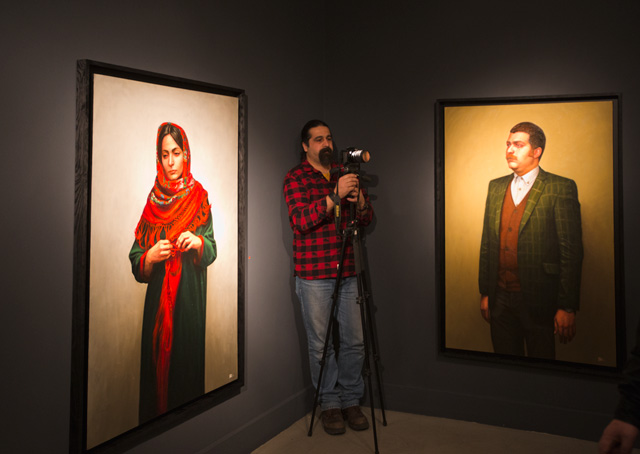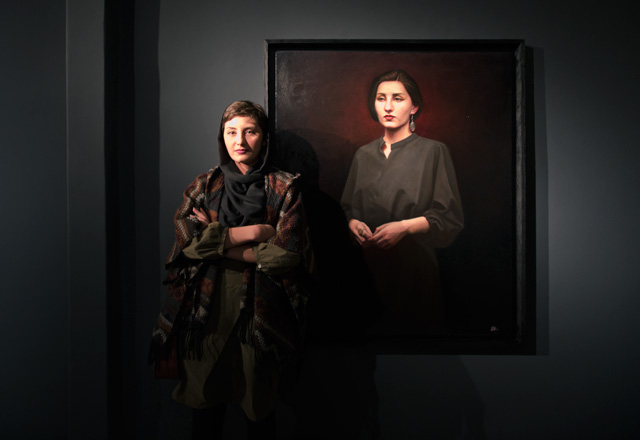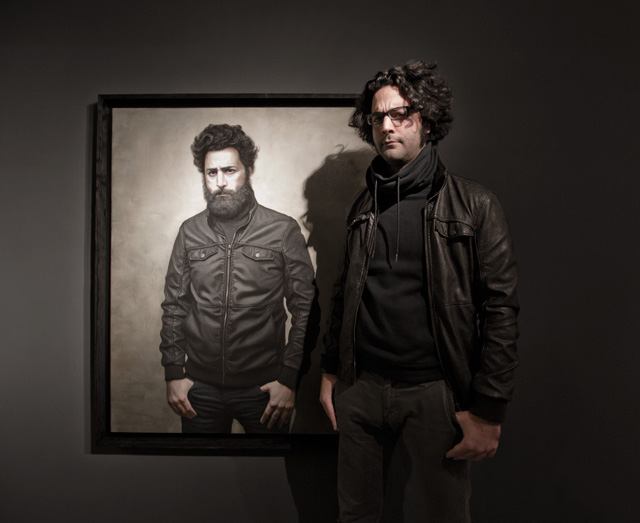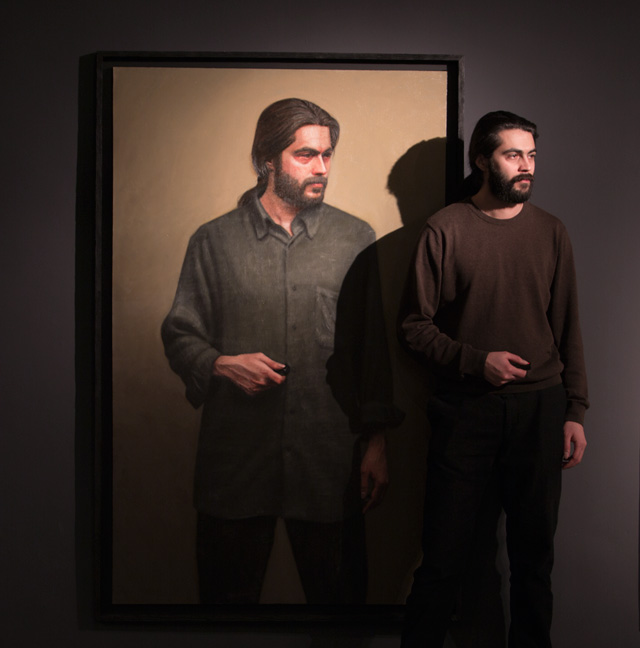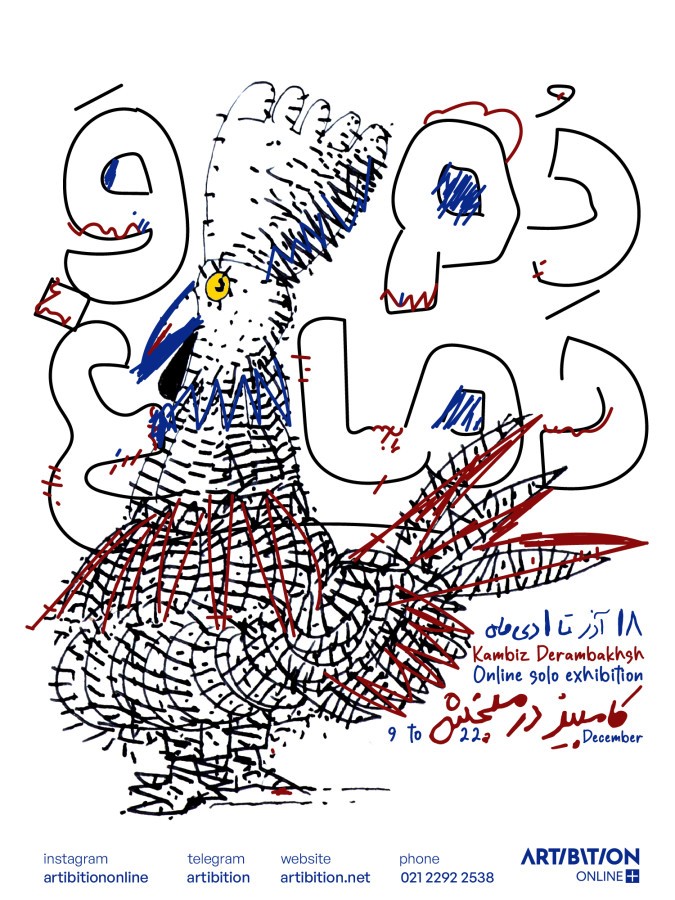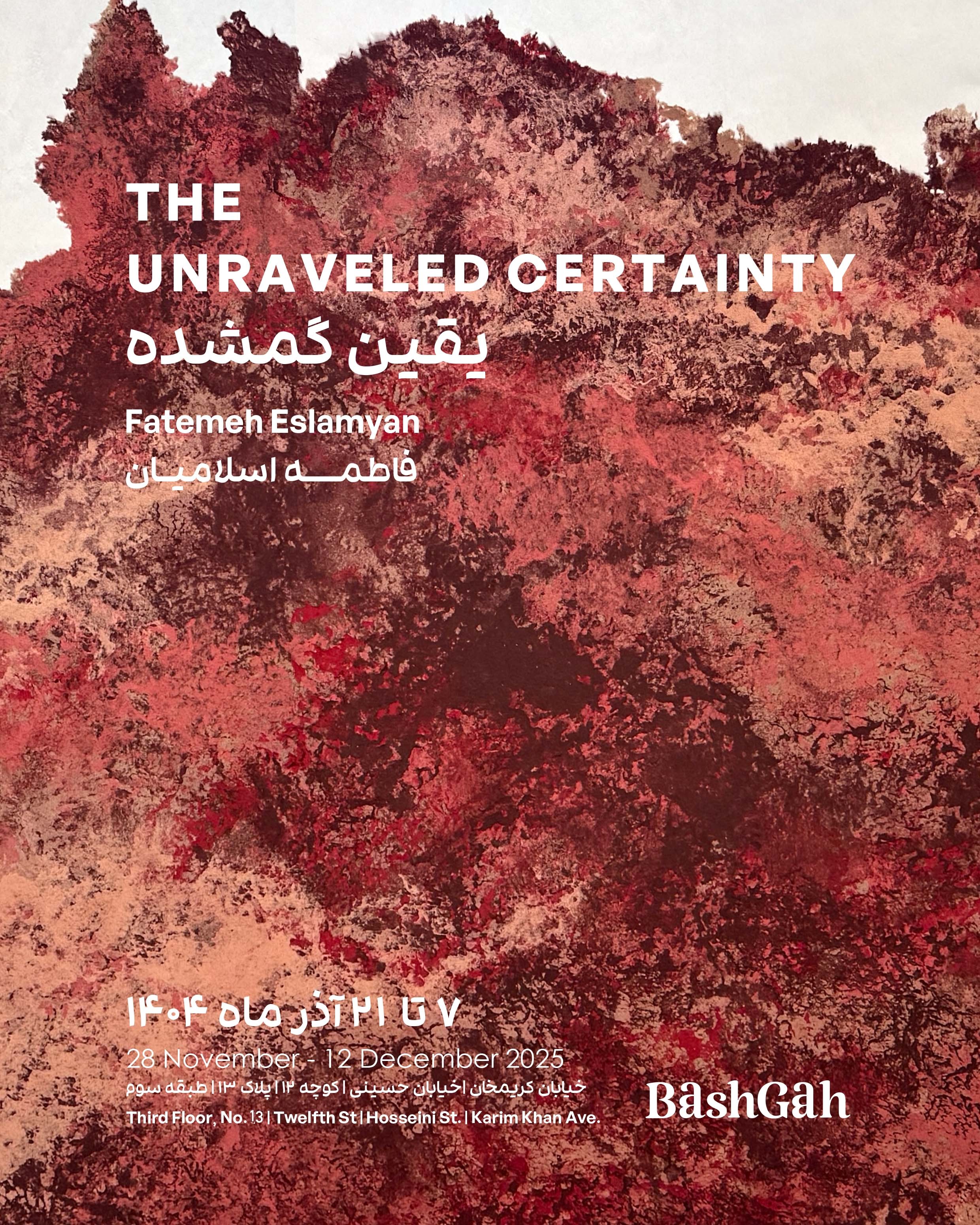Tehran,
No. 5, Salmas Sq., Golha Sq., Fatemi Sq.
14 November 2014 - 25 November 2014
Protagonist
We are inclined to take a protagonist role in the reality of our lives; however most of us realize that life tells a bitter story and we soon retreat to the comfort of our imagination, where we are the protagonists of our own fantasy. These inner narratives shape our identity and can even be interpreted through our appearance and attire. Although our genetic make-up is predetermined, nonetheless we play a significant role in shaping our visual character; for there has been many an odd face that has defied this genetic determinism and shifted trends and tastes in its own favour—resulting in new and unique styles of character.
So then are we just protagonists of our own fantasies? Or are there bigger narratives where parallel protagonists exist? Is there a hierarchy to protagonism? What is the gender of the protagonist? What is the protagonist moving against? In other words who or what is the antagonist? Does there have to be an antagonist? I don’t personally hold any convictions about these questions but even-though the ideas of conflict and antagonism are appealing to the realms of art and narrative, they have a totally different consequence in the reality that we live. So the question is how much of our narratives do we correlate to the reality of our lives?
My pondering on character and psychology lead me to paint this assortment of my peers. The painting of contemporary people in a classic style is not the glorification of certain people; but an irony in that there is nothing worthy of glory in our contemporary world. These models are chosen for their capacity to convey character—where some are represented as themselves and others are dramatized in cloaks of signs and symbols. The canvases are painted with figures in life size, hinting at an illusion of presence and tangibility. The posture is frozen in an instant of mood or attitude, in an attempt to solidify the shape and disposition of the figure. As the painting is nursed and the image is progressed layer-by-layer, the portrait reveals itself and demands an empathy that is separate from its model. Thus the portrait influences the painting to its own sensitivities and embarks on a path that deviates from the artist.
As a consequence of my first painting exhibition, I realized I can continue the stimulating pursuit of painting. Therefore I planned this project, not only to learn from the masters but also discover the methods of this medium. In any case, all of this is an excuse to keep on painting and through this act I attempt to excavate narrative and understand the world in my vicinity and beyond...
Salman Khoshroo
Nov 2014
So then are we just protagonists of our own fantasies? Or are there bigger narratives where parallel protagonists exist? Is there a hierarchy to protagonism? What is the gender of the protagonist? What is the protagonist moving against? In other words who or what is the antagonist? Does there have to be an antagonist? I don’t personally hold any convictions about these questions but even-though the ideas of conflict and antagonism are appealing to the realms of art and narrative, they have a totally different consequence in the reality that we live. So the question is how much of our narratives do we correlate to the reality of our lives?
My pondering on character and psychology lead me to paint this assortment of my peers. The painting of contemporary people in a classic style is not the glorification of certain people; but an irony in that there is nothing worthy of glory in our contemporary world. These models are chosen for their capacity to convey character—where some are represented as themselves and others are dramatized in cloaks of signs and symbols. The canvases are painted with figures in life size, hinting at an illusion of presence and tangibility. The posture is frozen in an instant of mood or attitude, in an attempt to solidify the shape and disposition of the figure. As the painting is nursed and the image is progressed layer-by-layer, the portrait reveals itself and demands an empathy that is separate from its model. Thus the portrait influences the painting to its own sensitivities and embarks on a path that deviates from the artist.
As a consequence of my first painting exhibition, I realized I can continue the stimulating pursuit of painting. Therefore I planned this project, not only to learn from the masters but also discover the methods of this medium. In any case, all of this is an excuse to keep on painting and through this act I attempt to excavate narrative and understand the world in my vicinity and beyond...
Salman Khoshroo
Nov 2014
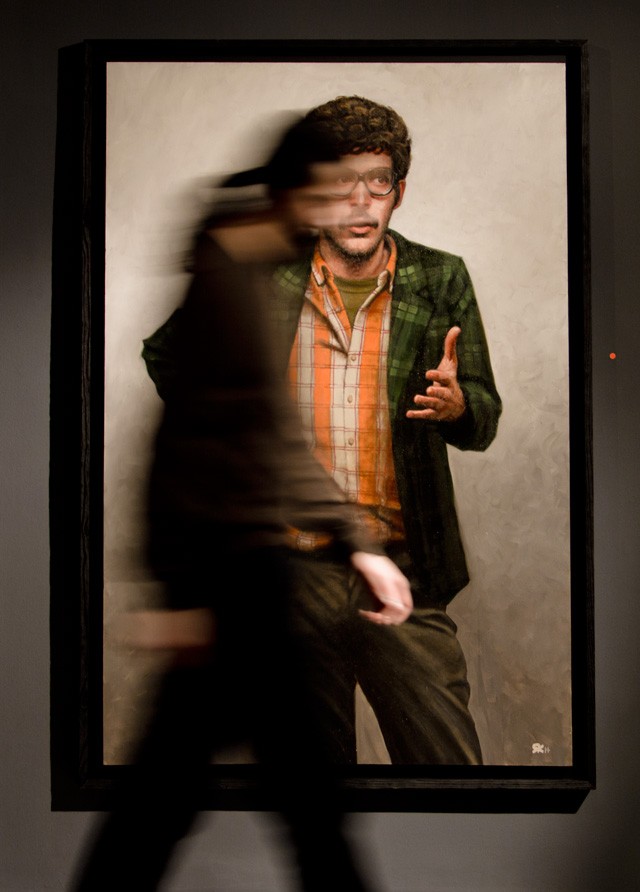
Artists
Available Nearby Exhibitions
Tail and Nose
Tehran
9 December 2025 - 22 December 2025
The Unraveled Certainty
Tehran
28 November 2025 - 12 December 2025
